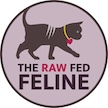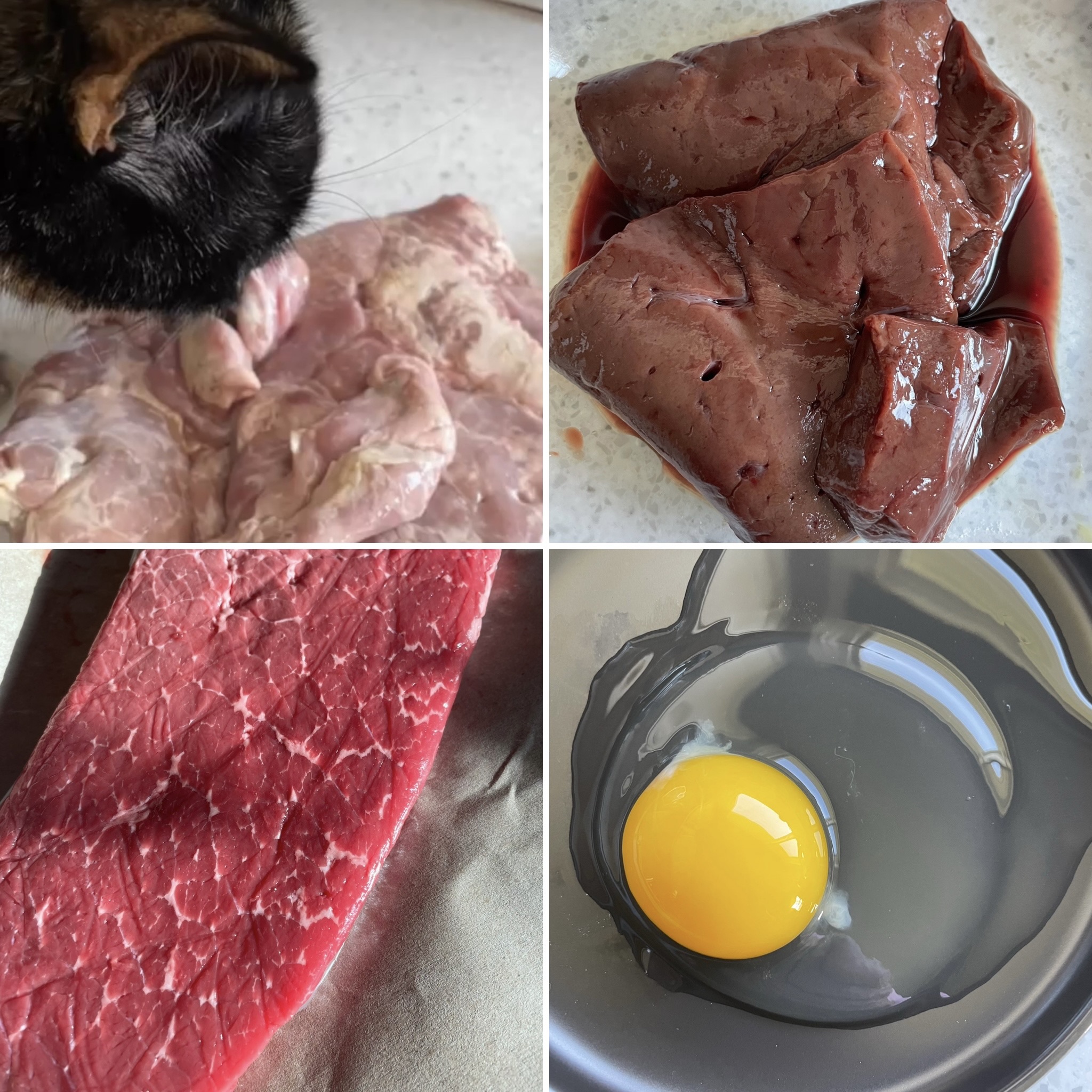Ingredients matter. Let’s look at some of the differences between whole foods and synthetic supplements to understand why the source of nutrients in the diet is so important.
First of all, organic (from food) and inorganic (from synthetic supplements) nutrients are not equivalent. You need much smaller amounts of synthetic supplements to supply the needed nutrient in the diet. But this isn’t necessarily a good thing. It makes using supplements that much more prone to reaching levels of toxicity.
It is more accurate to think of synthetic supplements as drugs rather than as components of food.
Nutrients Don’t Exist in Isolation
There is a fundamental flaw in nutrition research in which nutrients are studied in isolation. This is not how nutrients exist. For example, vitamin A doesn’t exist as separate from the liver, all of the other nutrients in the liver, and the rest of the body. But in scientific research, vitamins and minerals are isolated from the other components of the food.
While this approach has provided useful information, when it is the only way of understanding nutrition, it misses a great deal about the synergy of nutrients in foods.
synergy of whole foods
When you separate individual nutrients from the food, you miss other critical nutritional components within the food that influence those nutrients as well. This is because there is an amazing amount of synergy when it comes to food. The whole is most definitely greater than the individual parts.
This article examined food synergy as related to the nutrient complexity of whole foods as well as the patterns of eating. Both of these aspects are critical to our understanding of how foods and diet influence health.
The same is true for our cats. There is incredible synergy and interactional effects between the cat as an individual organism/system, the whole foods being consumed, and the dietary patterns fed over time. All of which contribute to overall health. In my opinion, this idea supports the notion of feeding whole foods for balance over time.
we don’t know much
Additionally, we only know of and study a fraction of the nutritional components of food. This article discusses how there are only 150 nutrients that are routinely studied and considered when it comes to the science of nutrition. However, there are over 26,000 different nutritional components of foods! This is why ingredients matter. It shouldn’t be just about meeting particular individual nutrient amounts on a spreadsheet.
So basically, we only pay attention to a tiny fraction of the nutritional components of foods and we only study those small numbers of components in isolation. We risk missing SO much about foods and how the body responds to them with this reductionistic approach.

Important Differences
Let’s look at some specific examples to further understand why the source of nutrients is so significant.
phosphorus
Phosphorus (P) is a well studied mineral in a cat’s diet. P interacts with and is influenced by calcium, magnesium, and vitamin D, among other components. Organic sources of P include meat, organs, and bones. Examples of inorganic, synthetic sources of P used in pet foods are monosodium phosphate, monopotassium phosphate, tricalcium phosphate, sodium tripolyphosphate, etc. But organic and inorganic sources of phosphorus are not absorbed by the body in the same way.
This study looked at the effects of different sources of P on dogs, but it would be applicable to cats as well. Organic sources of P are not as readily absorbed by the body because they are bound to proteins and other minerals. This impacts their solubility. This is the notion of the whole being greater than the individual parts. Organic P exists with the other components of the food. This design is part of nature’s safeguards. Subsequently, organic P is absorbed by the body at a rate of 40-60%.
On the other hand, inorganic forms of P are absorbed at a much higher rate, that of 90-100%. Feeding an inorganic isolated source of P is not well tolerated by the body. The researchers concluded that “…the use of inorganic phosphate sources, particularly mNaP, mKP, and KPyrP, in dog and cat foods must be considered potentially hazardous.”
Ingredients matter.
vitamin D
Another example of whole foods’ natural safeguards can be seen with vitamin D. Vitamin D is a fat soluble vitamin. It is stored in the body and too much can be toxic. There have been numerous vitamin D recalls in the not so distant past related to toxic levels of vitamin D in commercial foods. Too much of a synthetic nutrient will impact the body much more significantly than that same nutrient in whole food form.
When we feed oily fish in a raw diet, the fish provides many nutrients, including vitamin D. The amount of vitamin D in oily fish is well above the recommended amount per the NRC. Yet there is no concern with feeding fish and vitamin D toxicity. You would have to feed a truly ridiculous amount of fish to reach toxic levels of vitamin D this way.

omega-3 fatty acids
But the importance of whole foods is not only related to protection against toxicity. It also impacts bioavailability and absorption in positive ways. We can see this when looking at the differences between feeding whole fish and fish oils for omega-3s.
While the extracted and purified fish oils are more potent in terms of the amount of omega fatty acids present, they are not as well absorbed by the body. Fatty acids from whole fish are more effectively absorbed due to the fat content of the fish. The fragile fatty acids are also protected from rancidity in the fish. Here again, the whole is greater than the individual parts.
Ingredients matter.
Whole Foods Matter
I think that the focus on individual nutrients is a significant issue in pet nutrition. It perpetuates this idea that nutrients exist in isolation. Pet parents can get overly focused on individual nutrient amounts and forget the amazing synergy of whole foods. Whole foods contain so much more than any one nutrient. There is so much more going on and we only understand a fraction of it!
When we make our cats’ food with fresh, raw, whole foods we are able to provide so much more nutrition than we even understand. But even if we don’t understand it all, we can see the many benefits for our cats and trust that Nature knows what she’s doing.


